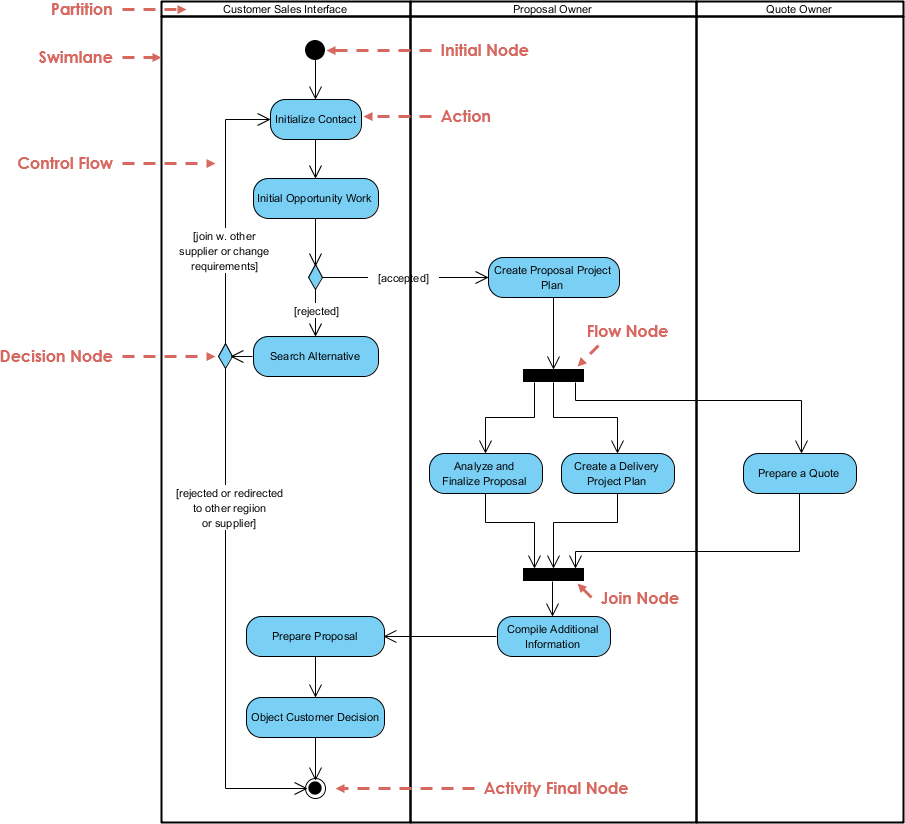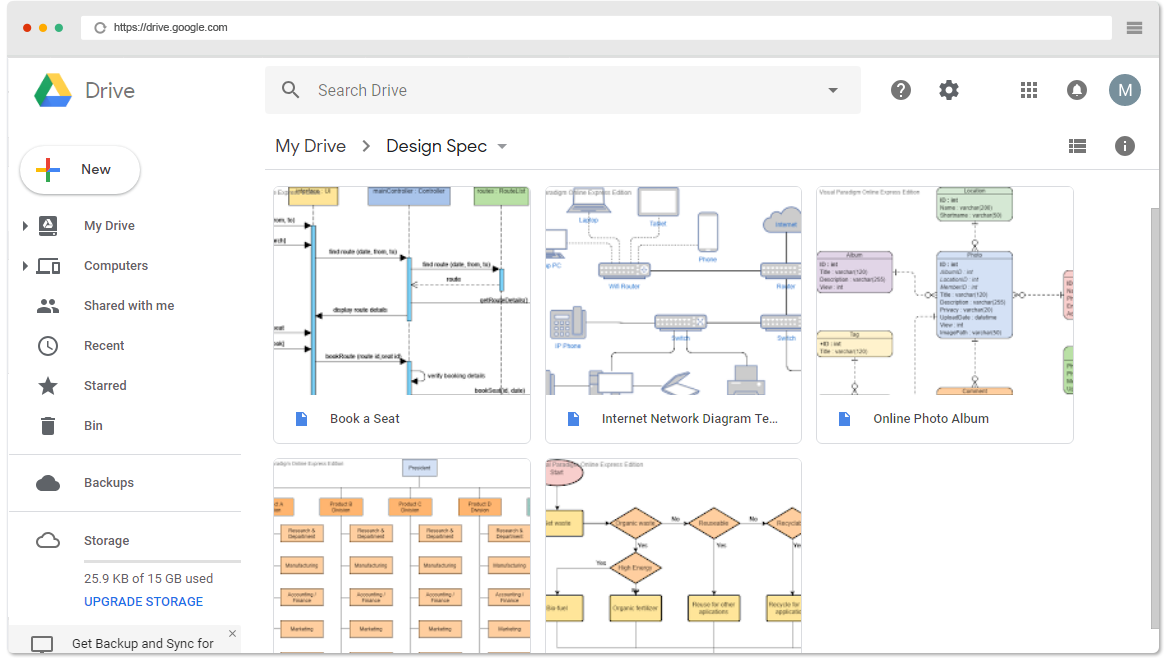

This is when empathy maps become treasure maps that can uncover nuggets of understanding about our user. You will also encounter inconsistencies - for example, seemingly positive actions but negative quotes or emotions coming from the same user. It is natural (and extremely beneficial) to see juxtaposition between quadrants. Worried: they are doing something wrong.

Confused: too many contradictory prices.Ask yourself: what worries the user? What does the user get excited about? How does the user feel about the experience?
Visual paradigm sequence diagram online plus#
The Feels quadrant is the user’s emotional state, often represented as an adjective plus a short sentence for context. From the research, what does the user physically do? How does the user go about doing it? The Does quadrant encloses the actions the user takes. “Am I dumb for not understanding this?”.Try to understand why they are reluctant to share - are they unsure, self-conscious, polite, or afraid to tell others something? However, pay special attention to what users think, but may not be willing to vocalize. Ask yourself (from the qualitative research gathered): what occupies the user’s thoughts? What matters to the user? It is possible to have the same content in both Says and Thinks. The Thinks quadrant captures what the user is thinking throughout the experience. “I don’t understand what to do from here.”.“I am allegiant to Delta because I never have a bad experience.”.

Related course: Generating Big Ideas with Design Thinking Ideally, it contains verbatim and direct quotes from research. The Says quadrant contains what the user says out loud in an interview or some other usability study. Empathy maps provide a glance into who a user is as a whole and are not chronological or sequential. Traditional empathy maps are split into 4 quadrants ( Says, Thinks, Does, and Feels), with the user or persona in the middle. This article is a guide to empathy mapping and its uses. It externalizes knowledge about users in order to 1) create a shared understanding of user needs, and 2) aid in decision making. Empathy maps, widely used throughout agile and design communities, are a powerful, fundamental tool for accomplishing both.ĭefinition: An empathy map is a collaborative visualization used to articulate what we know about a particular type of user. However, in order to do it, not only must we deeply understand our users, but we must also help our colleagues understand them and prioritize their needs. As UX professionals, it is our job to advocate on behalf of the user.


 0 kommentar(er)
0 kommentar(er)
